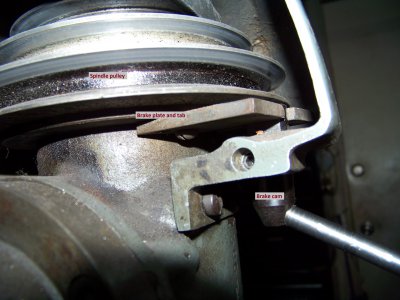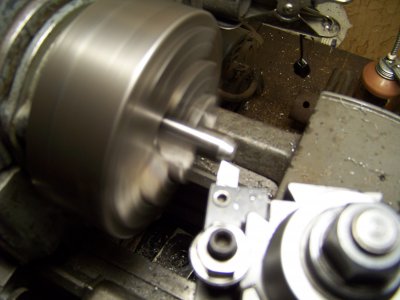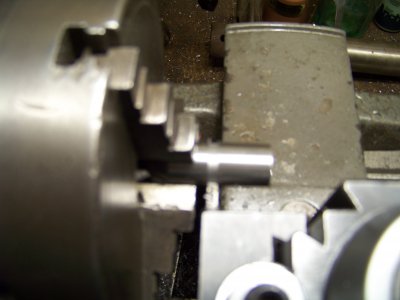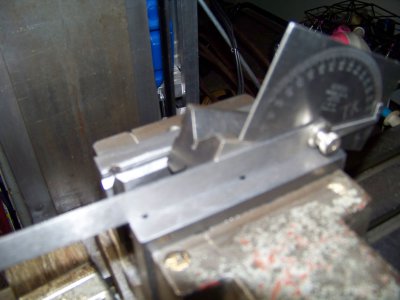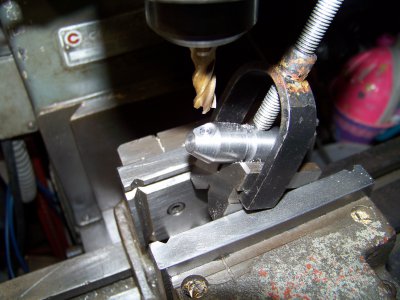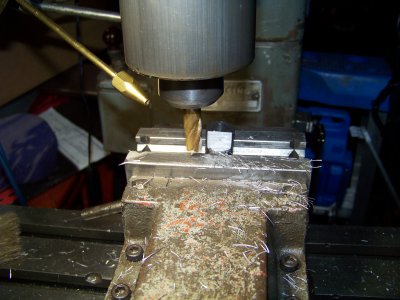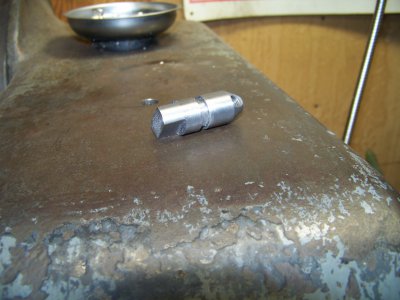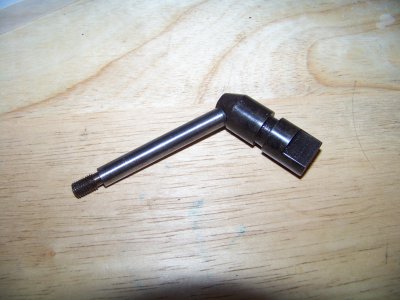- Joined
- Jan 16, 2020
- Messages
- 8
Some time back I promised member 34_40 that I would make him a brake cam for his Clausing 8520 mill, as his is missing. A piece of 5/8" W-1 stock is in the Keller at this very moment, cutting off a piece from which I can make the brake cam. I promised him that when I got around to making the new cam that I would include pictures and a short thread on making the part.
It is a very simple and straight forward part, but would be a good project for a budding machinist. For the benefit of others, I have included a drawing of the part including all dimensions should anyone ever feel the need to make one of their own.
View attachment CLAUSING 8520 BRAKE CAM.pdf
ON EDIT: I found a mistake on the drawing. I have the overall length of the brake handle listed as 4" but it should only be 3". Must have been using one of those upside down rulers again!
It is a very simple and straight forward part, but would be a good project for a budding machinist. For the benefit of others, I have included a drawing of the part including all dimensions should anyone ever feel the need to make one of their own.
View attachment CLAUSING 8520 BRAKE CAM.pdf
ON EDIT: I found a mistake on the drawing. I have the overall length of the brake handle listed as 4" but it should only be 3". Must have been using one of those upside down rulers again!
Last edited by a moderator:


